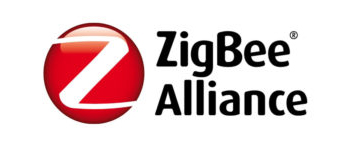
Zigbee Technology
ZigBee is a wireless communication with low data volume and low power consumption for home automation with focus on networks up to 100 metres. The ZigBee devices communicate in a mesh network. This means if one communication path in the ZigBee network fails, another path in the network will be used.
The first ZigBee specification came onto the market in 2004. It is now considered outdated and was replaced by a completely revised version in 2006. In 2007 the ZigBee Pro was appeared. It is aimed at applications that need low data rates and minimised energy consumption. In December 2016, the protocol version 3.0 were issued for 20 certifications from 8 manufacturers to promote standardisation in the IoT sector. Smart homes in particular benefit from ZigBee 3.0. Just like Bluetooth and WLAN, Zigbee uses a frequency of 2.4 GHz, but is characterised by better energy efficiency and greater flexibility. This makes Zigbee ideal for battery-powered sensors and thermostats. But there are also other options for controlling blinds, lamps and sockets to create a comfortable and secure smart home.

The name ZigBee is deduced from the “zig-zag dance” of honey bees and was developed by the ZigBee Alliance, which was founded in 2002. The alliance has currently more than 230 companies and push the worldwide development of the technology. To ensure the compatibility of Zigbee devices from different manufacturers, most Zigbee gateways implement different profiles of the standard. With our brand POPP, we offer universal adapters (ZB-Shield and ZB-Stick) for creating a Zigbee network. The interoperability of the Zigbee devices mostly depends on the software.
